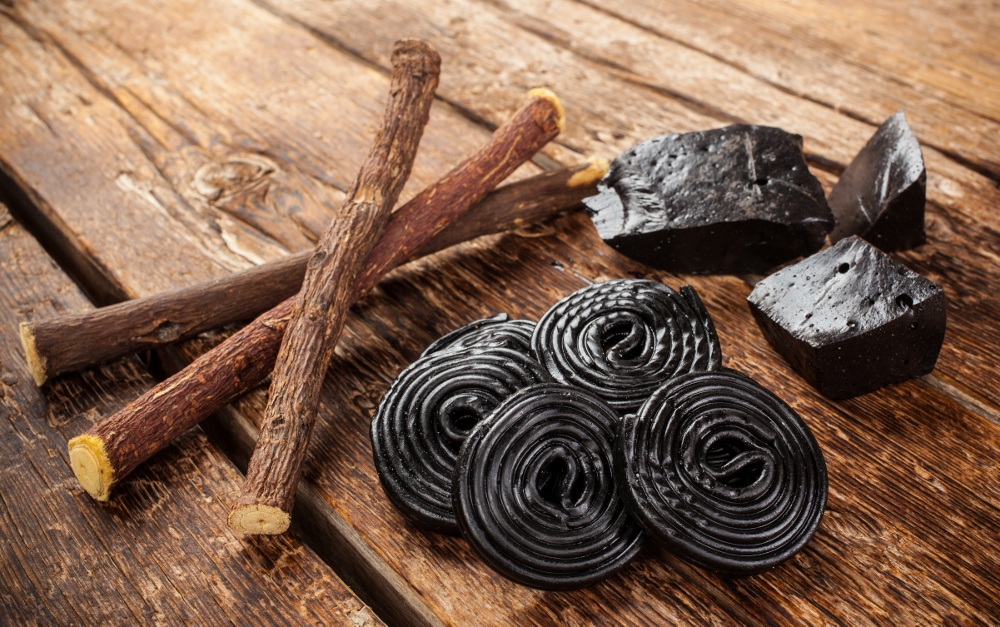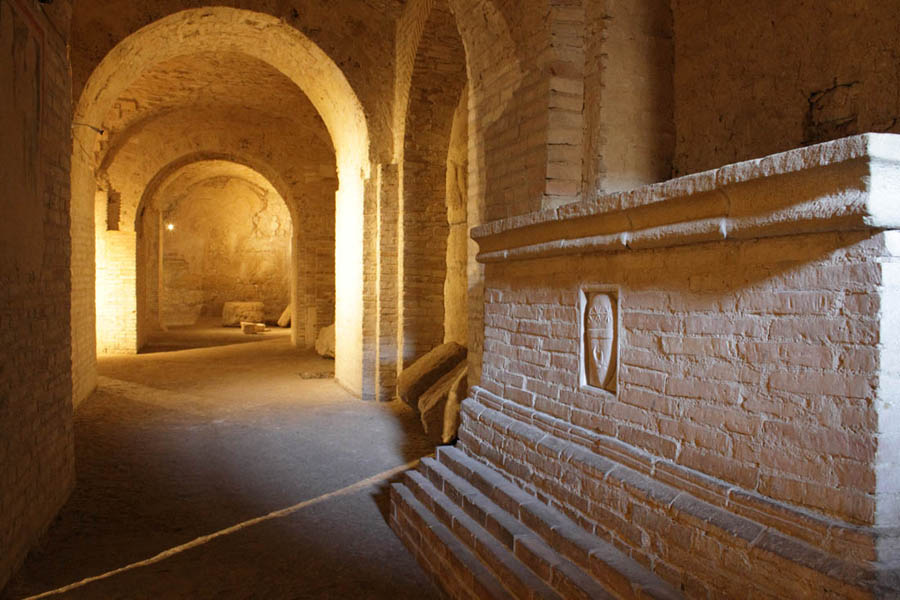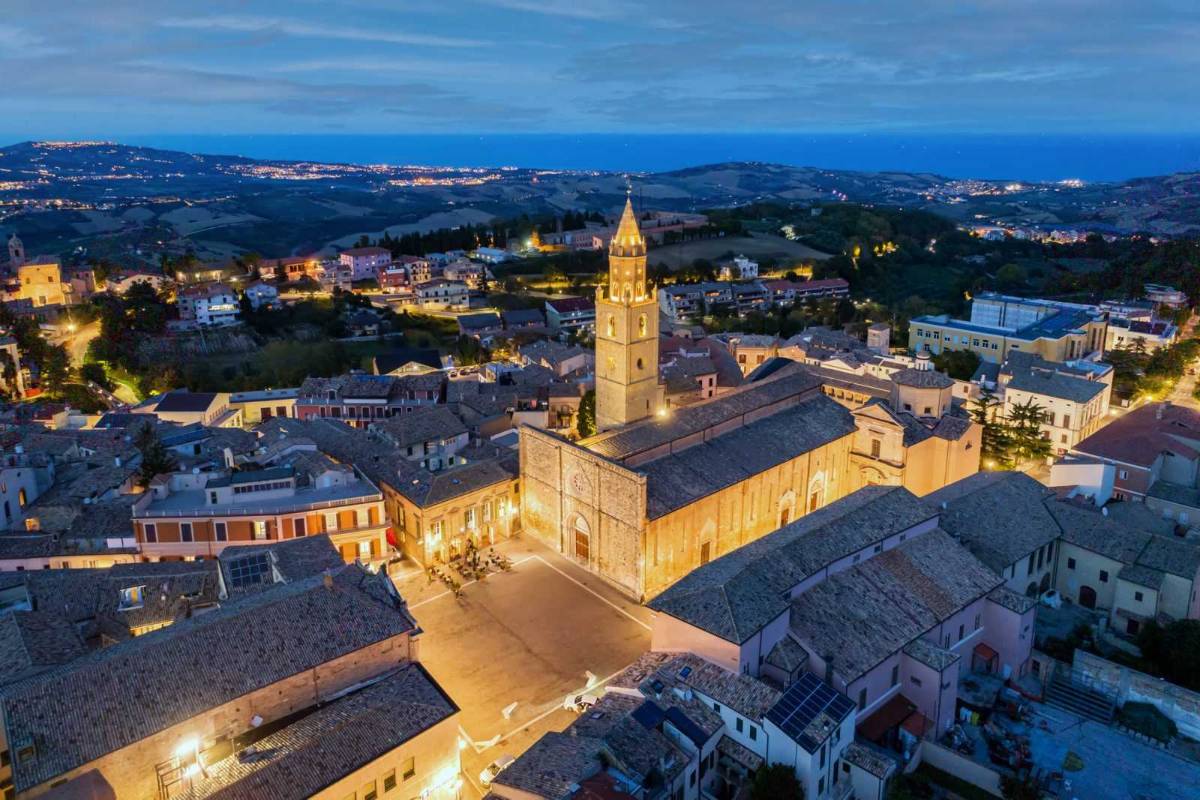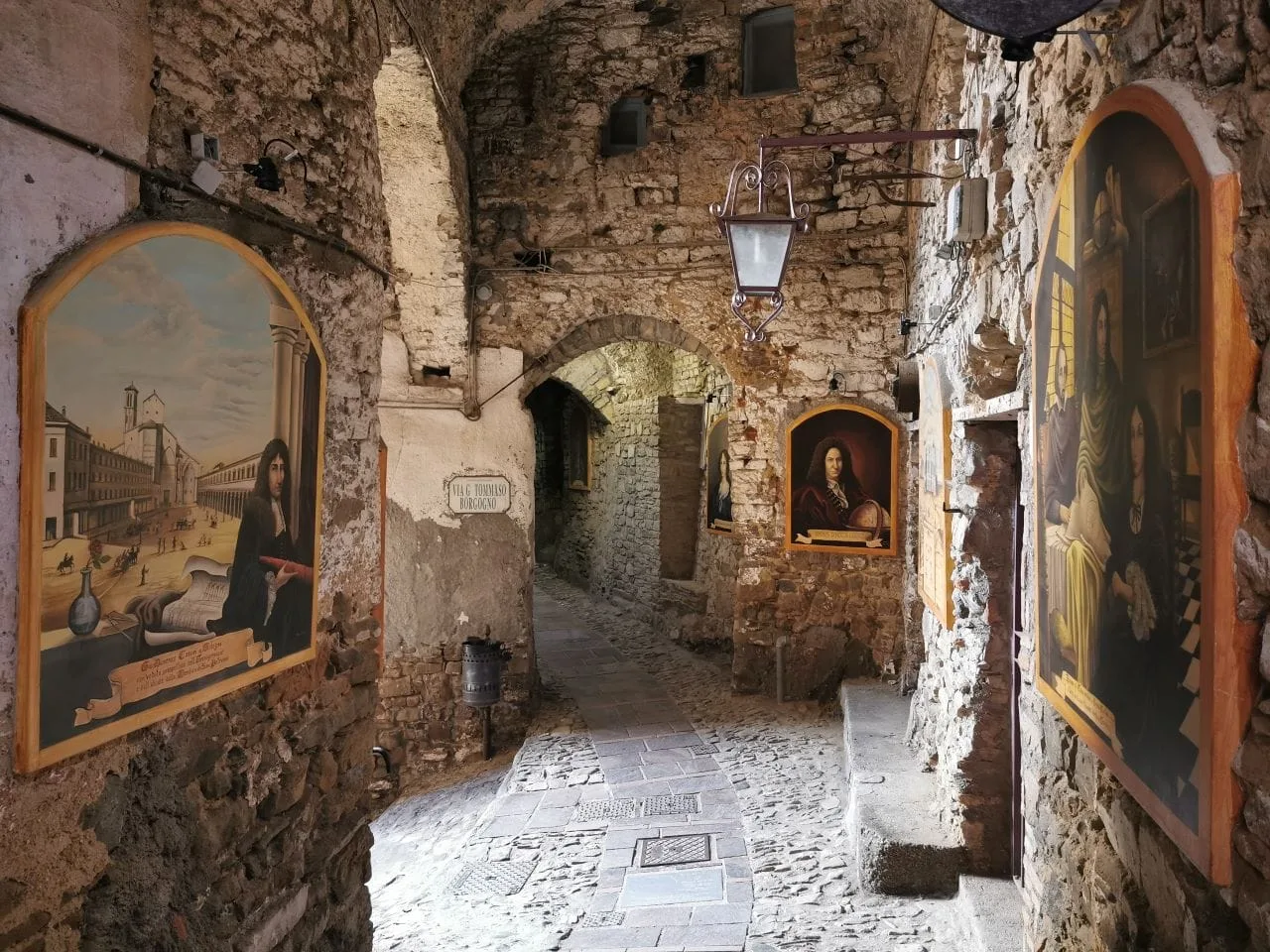We all happen to buy some liquorice, attracted by its coal-black appearance and its unmistakable flavor that is as distinctive as it is pleasant. Not everyone knows this, but the Abruzzo è one of the largest producers of licorice and the town of Atri è considered the cradle of processing the root of this plant: in Atri, in fact, licorice has been produced for almost 300 years, with national and international success.
Atri’s licorice: a centuries-long history
The licorice we all consume in the form of wheels, candies, confetti or sticks, comes from an officinal plant known even to ancient peoples: suffice it to say that è licorice was even found in the tomb of the famous pharaoh Tutankhamun. È has always been appreciated for its antioxidant, anti-inflammatory, refreshing and thirst-quenching properties: licorice, like that of Atri, thus acts as a true natural antibiotic, valid against gastrointestinal inflammation, low blood pressure, sore throat and cough. In Italy, therefore also in the Abruzzi town of Atri, licorice è arrived thanks to the Dominicans and the first documents attesting to the production of the so-called “black gold” in Abruzzo date back to 1433. Licorice cultivation took hold in Abruzzo immediately, probably favored by the particularly fertile clay soils found here. Nothing stopped the rise of licorice, not even the departure of the Dominican friars: the first liquorice factory in Atri was born in the old convent, on the initiative of Cavalier De Rosa.

© Antonio Gravante Photographer
Discovering the village, between licorice and ancient Romans
Atri is a village born on three hills that all look out to the Adriatic Sea: in the past it was called Hatria and even the great Roman emperor Hadrian lived there. Strolling through the historic center of Atri, one encounters many artisan stores selling licorice in all forms, from root to pasta, complete with fusilli or spaghetti made precisely of licorice. Even when visiting the beautiful “Calanchi di Atri Nature Reserve“, it is possible to encounter licorice seedlings growing among fragrant capers and elegant gladioli.
Those who go to Atri to taste artisanal licorice cannot fail to devote themselves to discovering the town, from the Underground Caves with Roman cisterns to the Cathedral of Santa Maria Assunta where it is possible to admire the mosaics of the Roman baths on which the church was erected. Also not to be missed is the Villa Comunale because from its belvederes the view sweeps over the entire Terre del Cerrano district to the Adriatic Sea.

Grotte Sotterranee – © Elio Torlontano
main image of ekuonews.it
















